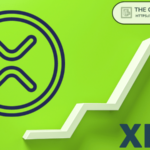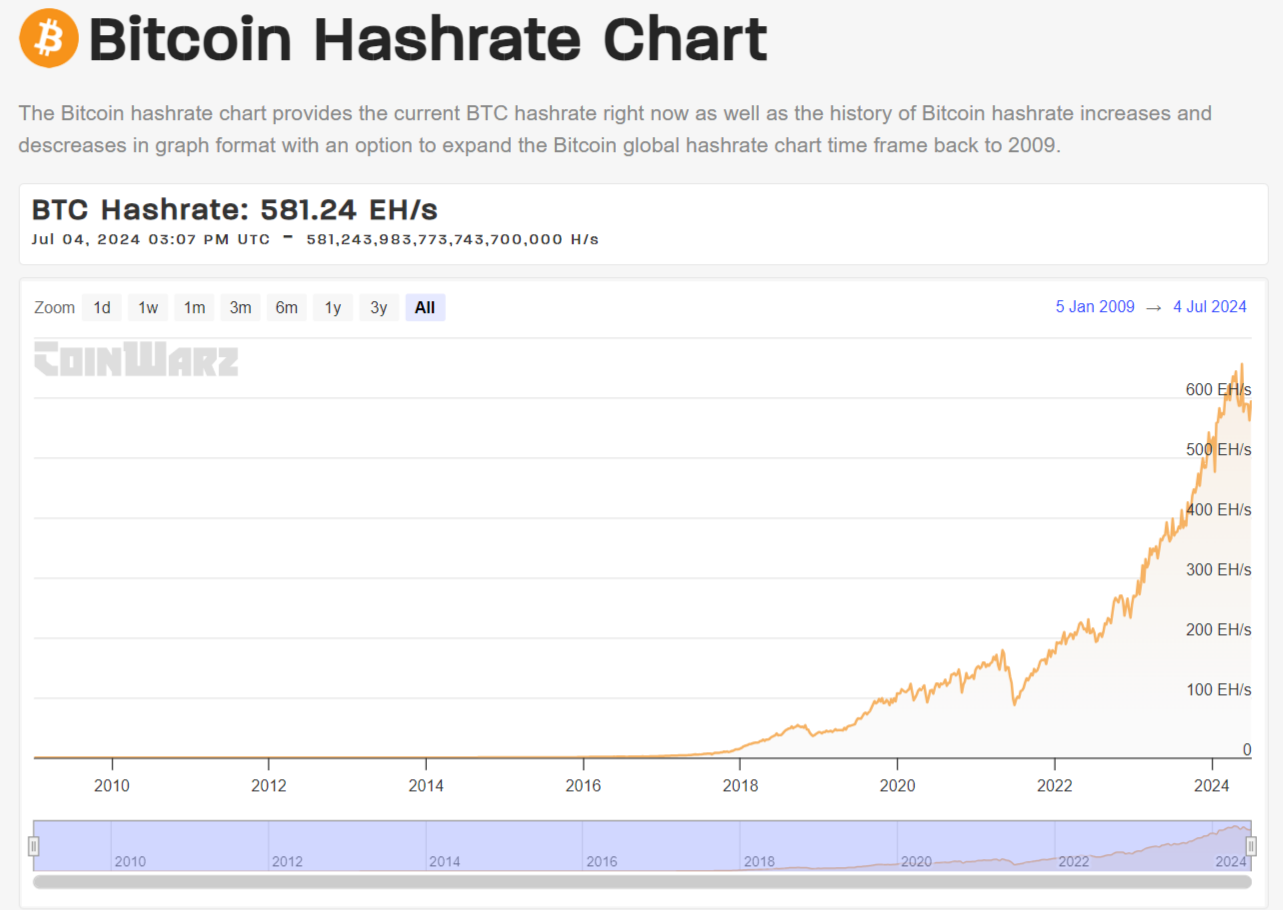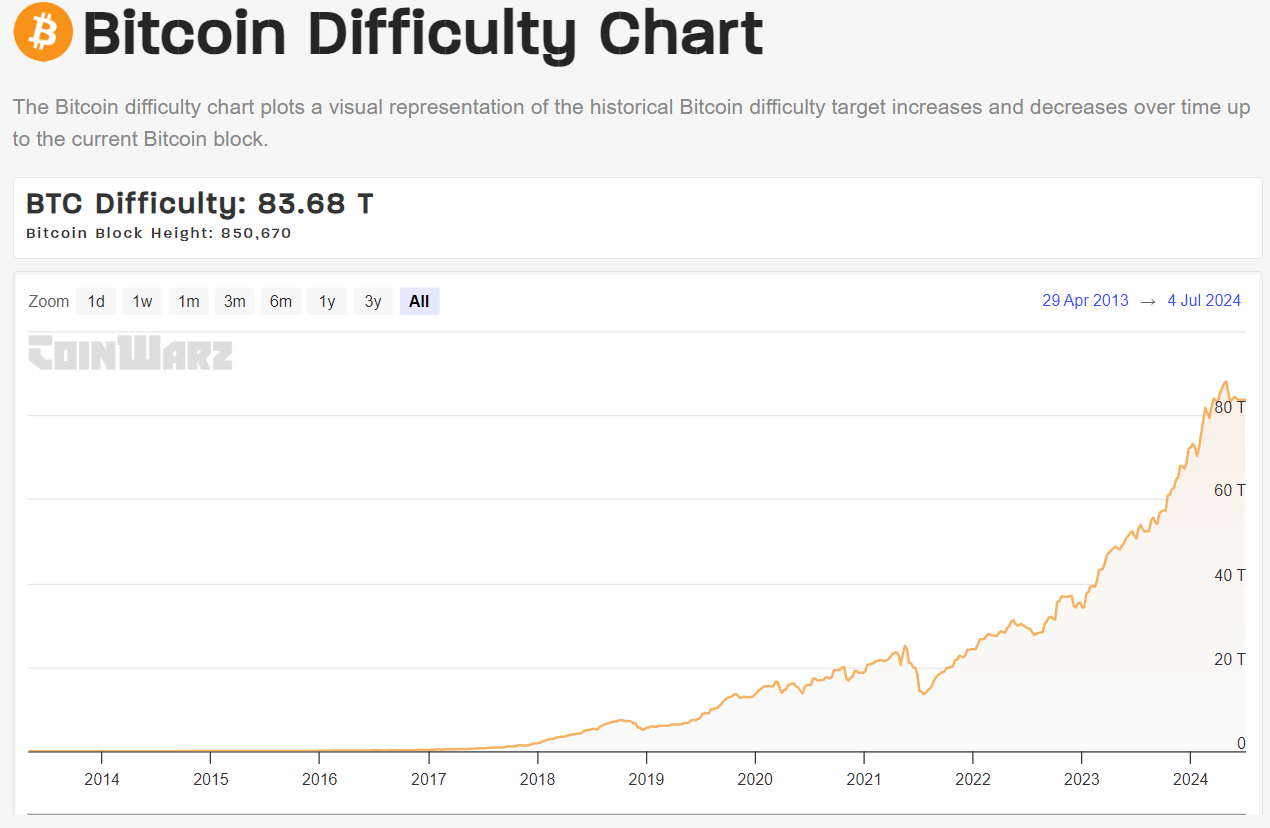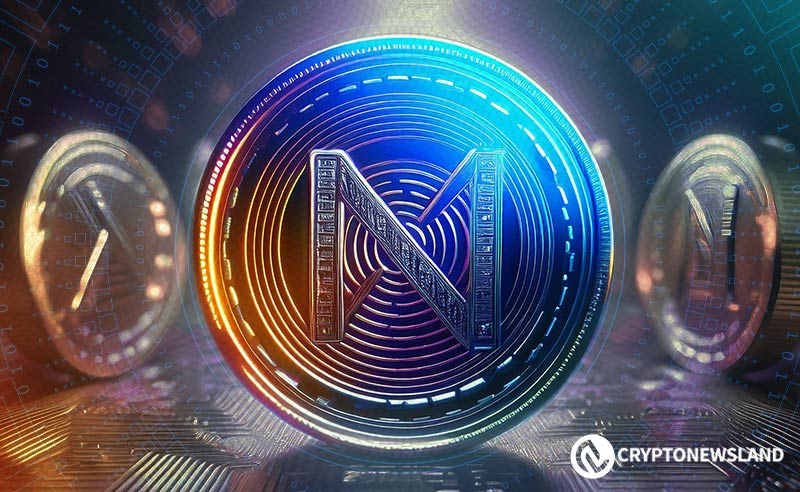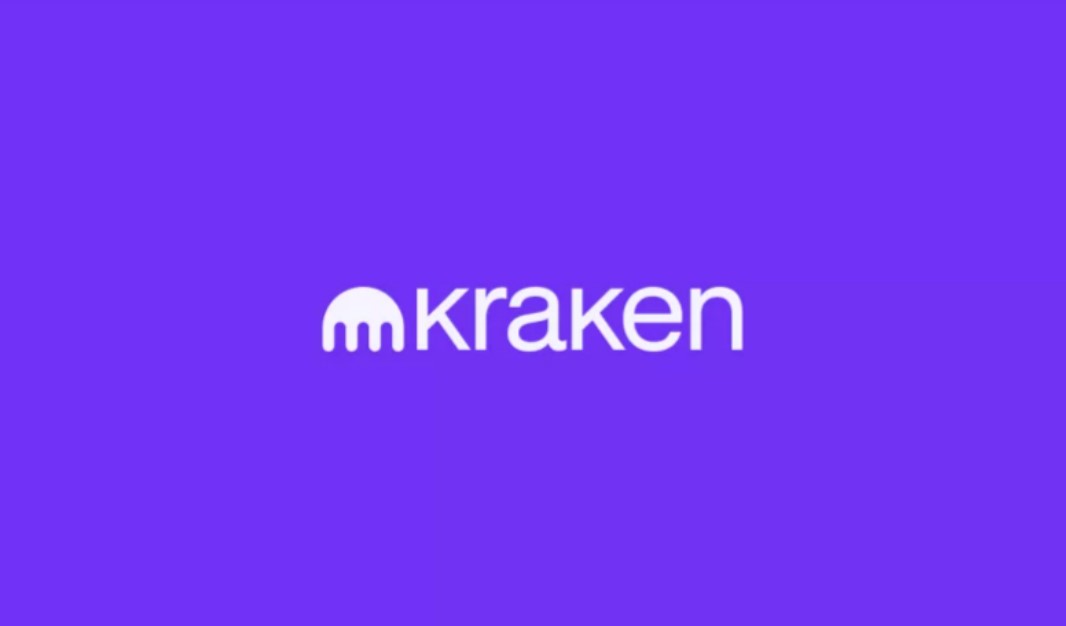Bitcoin mining is the network’s method to validate transactions. It is about solving complex cryptographic puzzles that require significant computational power and getting BTC as a reward.
Realistically speaking, the time required to mine 1 Bitcoin depends on how much computing power you have.
From a more complex point of view, the time required to mine 1 Bitcoin can vary based on various factors including hardware efficiency, mining difficulty, and the network hash rate.
We’ll address all these important factors and the complexity of Bitcoin mining processes in this article.
What Is Bitcoin Mining
Bitcoin mining is a network-wide competition to generate a cryptographic solution that matches specific criteria. When the correct solution is reached, a reward in the form of BTC and fees is given to the miners who reached the solution first.
The reward process continues until all the 21 million BTC are in circulation. After the number is reached, the BTC reward is expected to cease, and BTC miners will only be rewarded via the fees paid for the work done.
After all 21 million BTC have been mined, miners will still need to contribute to the network in order to keep it running. Over 19,7 million BTC are in circulation as of July 4, 2024.
Bitcoin mining uses cryptography, encryption, distributed computing, and technology to verify and secure transactions.
Factors Impacting the Time Required to Mine 1 Bitcoin
The time required to mine 1 Bitcoin involves multiple factors, including the following:
- Hash rate
- Mining difficulty
- Hardware efficiency
Here’s all you need to know about the three important factors that influence Bitcoin mining processes.
1. Hash Rate
The hash rate is a measure of the computational power per second that is used when mining Bitcoin. This reflects the number of calculations a miner can perform per second in the process of solving the cryptographic puzzles that are required in order to evaluate transactions and secure the network.
Long story short, Bitcoin’s hash rate measures the number of guesses that are submitted per second to the entire blockchain.
A higher hash rate indicates the need for the following:
- More computational power
- Increased energy costs
- Longer verification and transaction times
A higher hash rate also means slower and more expensive Bitcoin mining. However, a higher hashrate means more attempts per second, increasing the chances of finding a valid hash.
The global Bitcoin network hash rate affects individual mining performance which means that as more miners are joining the network, the overall hash rate increases. This makes Bitcoin mining more competitive and also impacts how long is required to mine 1 Bitcoin.
2. Mining Difficulty
Bitcoin is a digital asset that uses a Proof-of-Work (PoW) validation system and creating new coins involves miners using their computers to solve complex mathematical puzzles.
Bitcoin miners’ computers are called nodes, and these collect and bundle individual transactions into blocks every ten minutes.
This is the fixed “block time” of Bitcoin. The computers compete to solve the cryptographic puzzle in order to be the first to validate the new block for the blockchain.
The number of computers taking part in this peer-to-peer validation network increases. More participants and more computing power means that the hash power of the entire network also increases. This is what we call mining difficulty.
The mining difficulty is an automatic feature of the Bitcoin protocol that adjusts about every two weeks, or every 2016 blocks.
The adjustment is crucial for maintaining the stability and predictability of Bitcoin issuance.
As more miners enter the network, the hash rate rises and the difficulty increases to maintain the 10-minute block interval.
If miners leave the network and the hash rate drops, the difficulty decreases as well.
This means that the mining difficulty impacts how long it takes to mine 1 Bitcoin.
3. Hardware Efficiency
The efficiency of mining hardware which is often measured in terms of hashes per joule is another important matter when addressing how long to mine 1 Bitcoin. This will determine how effectively a miner can convert electrical power into hashing power.
In the early days of mining, miners used CPUs of their PCs to mine Bitcoin. after that, they realized that GPUs are better suited for the process.
On the other hand, graphic cards also need more energy. This is the reason why in recent years, ASICs (application-specific integrated circuit chips) have been built specifically for BTC mining. These are more effective than the previous CPUs and GPUs.
Effective hardware can perform more calculations with less energy resulting in:
- Reduced operational costs
- Increased profitability
How Long Does It Take to Mine 1 Bitcoin – July 4th, 2024 Analysis
Aici aș pune defapt “how long does it take to mine 1 block of bitcoin” ( se cauta si in google)
In order to calculate how long you need to mine 1 Bitcoin consider the three factors addressed above: hash rate, mining difficulty, hardware efficiency.
Here is an example featuring the relevant data for July 4th, 2024:
- BTC Difficulty: 83.68 trillion (83.68 T)
- BTC Hashrate: 570.96 exahashes per second (570.96 EH/s)
We have the following equation for calculating time per block:
Using the numbers above, the result is about 629.6 seconds.
Based on the current BTC difficulty of 83.68 T and hash rate of 570.96 EH/s, it would take approximately 10.5 minutes to mine 1 block.
This calculation provides a rough estimate and actual mining times can vary due to network fluctuations and individual mining setups, so there is no final response to answer the question of how long to mine 1 Bitcoin.
Mining a block refers to successfully validating a group of transactions and adding them to the BTC blockchain. The reward for mining a block is now 3.125 BTC.
Mining 1 BTC means you personally receive 1 BTC as a reward.
While it takes about 10 minutes to mine a block, there is no guarantee that you will be the one to solve the complex math problem and claim the reward. The actual time to mine 1 BTC is affected by:
While a block is mined every ten minutes, this doesn’t mean you’ll mine 1 BTC in that time. This could take up to years for an individual miner with average computing power.
Differences Between a Block and Bitcoin
Blocks are data units that store transactions, while Bitcoin is the digital currency used in those transactions.
Here are the main differences:
| Block | BTC (Bitcoin) | |
|---|---|---|
| Nature | A block is a structural component of the blockchain. | BTC is a digital currency that operates on the blockchain. |
| Purpose | Blocks serve to record and verify transactions in a secure and immutable way. | BTC serves as a medium of exchange, store of value, and unit of account. |
| Creation | Blocks are created through mining as part of the blockchain’s maintenance. | BTC is created as a reward for mining and has a finite supply. |
| Functionality | Blocks ensure the integrity and continuity of the blockchain. | BTC facilitates transactions and value transfer within the blockchain ecosystem. |
| Function | A unit of data storage on the Bitcoin blockchain, acting like a page in a ledger, recording a group of verified BTC transactions. | BTC is a digital currency used for peer-to-peer transactions. |
| Content | Each block includes data on the timestamp of creation, reference to the previous block, and hashed data of included transactions. | |
| Mining | Miners compete to solve mathematical puzzles to validate transactions and add the block to the blockchain. | Mining rewards are paid in BTC, but mining itself is not about creating new BTC, but about validating transactions and adding them to the secure blockchain ledger. |
| Frequency | A new block is mined every 10 minutes. | |
| Reward | The block reward is 3.125 BTC. |
A simple analogy could be that a block is a secure container filled with verified purchase receipts (transactions), and BTC is the currency used to pay for those purchases.
Miners are the couriers who deliver the containers (blocks) to the public ledger (blockchain) and get paid in BTC for their service.
Who Mines Bitcoin
Bitcoin mining is conducted by various entities including:
- Individual miners: They can use PCs equipped with specialized hardware like ASICs.
- Mining pools: These aggregate computational power of multiple miners increasing the collective chances of solving blocks and earning more consistent rewards.
- Large-scale mining farms: These operate at an industrial scale, housing thousands of ASIC miners in facilities that are optimized for cooling and energy efficiency.
The time required to mine 1 Bitcoin will be shorter for large-scale mining farms.
To mine Bitcoin, participants need the following:
- Technical knowledge of blockchain technology, mining protocols, software setup
- Robust hardware capable of high computational power for efficient competitiveness
Mining software handles communication between the hardware and the Bitcoin network, managing solving cryptographic puzzles and validating transactions.
Staying competitive demands continuous adaptation to changes in the network difficulty and technological advancements in mining equipment.
Solo Mining vs. Joining a Pool
If you don’t have specialized Bitcoin mining hardware, you cannot mine 1 BTC in a reasonable amount of time.
For instance, mining 1 BTC with a gaming GPU is basically impossible given the huge market competition.
Operating a solo Bitcoin mining rig is not a viable option. Your best bet to make an income mining Bitcoin is to join a mining pool, but you would still need to make a considerable investment into mining hardware.
The reason why solo Bitcoin mining is not viable is that the Bitcoin protocol issues each block reward to one miner only. So if you had 0.0001% of the BTC network’s hashrate, you would only have a 0.0001% chance to receive anything when a block is mined.
If you joined a mining pool, you would receive a small amount of Bitcoin (proportional to the hash rate you contribute) every time one of the miners in your pool mines a block.
The Bitcoin mining space is extremely competitive, and large investments are needed.
Mining Bitcoin will become even more difficult in the future, and this is because the total hashrate of the Bitcoin network has been trending upward for the past years. In 2024, the Bitcoin halving slashed the miners’ revenue to 3.125 BTC from 6.25 BTC.
So, if you’re wondering how long it takes to mine 1 Bitcoin, it will definitely take less if you join a mining pool.
Bitcoin Mining, a Continuous Process
Bitcoin mining takes place continuously as miners compete to validate transactions and add new blocks to the blockchain approximately every 10 minutes.
The process is ongoing and vital to maintain the security and functionality of the network.
In the early Bitcoin mining days, the process was less competitive and it could be done using only a PC. But, as the network grew, introducing ASIC miners increased computational power, making the competition more challenging.
Bitcoin operates on a predefined block reward schedule, where every 210,000 blocks (translated in about every 4 years) the block reward halves. The event is known as halving and it reduces the rewards for miners for successfully mining a block.
The reward was initially set at 50 BTC per block but since then, it halved multiple times. Post the 2024 halving event, the reward for miners was slashed from 6.25 BTC to 3.125 BTC.
Halvings are important to control the inflation rate of Bitcoin and affect miners’ profitability.
Where Is Bitcoin Mined the Most
Bitcoin mining occurs all over the world. Certain regions are favored due to cheap electricity and favorable climates which reduce miners’ operational costs.
Countries such as the US, China, Kazakhstan, and Russia have been popular due to their cheaper energy sources, such as hydroelectric and geothermal power.
El Salvador also emerged as an intriguing player in the Bitcoin mining industry, especially after it became the first nation to adopt Bitcoin as a legal tender in 2021.
Its volcanic geology offers the nation opportunities for using geothermal energy which is a sustainable and cost-effective power source for mining operations.
Geographic location impacts mining efficiency and affects the following:
- Energy costs
- Cooling requirements
- Regulatory environments
All these influence the profitability and sustainability of Bitcoin mining ventures globally.
Bitcoin Mining Outcomes
Bitcoin mining serves the following purposes in the ecosystem:
1. Ensuring the Network’s Integrity and Security
Miners validate transactions on the Bitcoin blockchain to ensure the integrity and security of the network. They do this by solving complex cryptographic puzzles.
The process facilitates a trustless peer-to-peer transaction without needing intermediaries.
Miners are incentivized to participate via the block rewards which currently stand at 3.125 BTC per block. Such rewards drive competition among miners to dedicate computational power and resources to secure the network.
2. Economic Profitability
Mining can be an economically rewarding process, especially in regions with low electricity costs and favorable regulations.
However, the process requires substantial initial investment in specialized hardware and ongoing operational expenses.
The economic viability of mining Bitcoin is tied to the coin’s price volatility and the network’s difficulty level. These make mining Bitcoin a dynamic and strategic process in the crypto industry.
1 in a Billion Unexpected Bitcoin Mining Achievement
Defying all odds, a tiny Bitcoin mining device with a hash rate of only 500 Gh/s managed to mine a block on July 24, 2024. This earned the miner a reward of $206,000 in Bitcoin.
This event stands out in the crypto industry, given the fact that the device has only 1 in 1.1 billion chance of achieving this approximately every ten minutes.
The device which is called Bitaxe is produced by D-Central Technologies and it’s approximately the size of a human hand, as revealed by the YouTube channel “How Much?”
This impressive accomplishment was confirmed by the Bitcoin mining device retailer Altair Technology via an X post.

On July 24, at 11:43 am UTC, Bitcoin block number 853742 was mined, and this earned the lucky winner $206,000 based on the Bitcoin price of that day.
Blockchain data from Solo CKPool revealed that a total of over $2,652 BTC was sent in the block, with the average transaction being approximately 0.6 BTC.
Solo CKPool, the node infrastructure service to which the Bitaxe was connected, earned a total reward of 3.13 BTC, including an additional 0.06 BTC paid as transaction fees from the 4,353 transactions included in the block.
Solo CKPool describes on its official website that it provides a service to allow mineers to mine solo as they cannot mine directly to a Bitcoin core node.
The total hash power of the Bitcoin network on that day was 551.3 Eh/s. This figure equates to approximately 1.1 billion times the power of the Bitcoin mining device. This means that the device’s chances of mining a block every ten minutes were 1 in 1.1 billion.
This event that will probably remain in the history of Bitcoin mining and the entire crypto industry.
Frequently Asked Questions (FAQ)
How Long Does It Take to Mine 1 Bitcoin?
If you’re wondering how long you need to mine 1 Bitcoin, the smallest possible amount of time is about 10 minutes (the time required to add a new block and get BTC rewards).
However, from a more realistic point of view, the amount of time needed to mine 1 Bitcoin depends on how much computational power you have.
How Many Bitcoins Are Left to Mine?
Considering the fact that the maximum Bitcoin supply is set at 21 million, and there are 19.7 million coins already in circulation, there are 1.3 million Bitcoins left to mine.
Is Bitcoin Mining Environmentally Friendly?
Bitcoin mining has been under scrutiny for its environmental impact due to its energy-intensive nature. This is why some miners are constantly searching for innovative initiatives and they’re exploring renewable energy sources for the process.
Such innovative renewable energy solutions can mitigate environmental impact and enhance sustainability.
How Is the Bitcoin Mining Difficulty Adjusted?
Bitcoin mining difficulty adjusts about every two weeks and higher difficulty means more computational power is required to mine BTC.
How Much Does It Cost to Mine 1 Bitcoin?
After responding to the question of how long it takes to mine 1 Bitcoin, you probably wonder how much it costs to mine it. The costs of BTC mining vary, but they usually include the following:
- Expenses for specialized hardware
- Electricity consumption
- Ongoing maintenance
Costs can vary from a few thousand dollars to tens of thousands of dollars per Bitcoin mined.
How Long Does It Take to Mine 1 Bitcoin With RTX 3070?
According to Betterhash.net, NVIDIA GeForce RTX 3070 can generate a monthly BTC income of 0.00017638 BTC with a 100.63 H/s hashrate in the BTG – Zhash (GMiner). This means that, at this rate, it would take about 473 years to mine 1 BTC.
How Long Does it Take to Mine 1 Bitcoin on a Phone?
Calculating the hash rate of a smartphone is a tricky thing to do as they’re not designed for crypto mining. But, the iPhone 15 Pro Max could reach around 100 H/s. The estimate is around a trillion years to mine 1 BTC via a phone.
How Long Does It Take to Mine 1 Btcoin on Android?
Apart from the massive amount of processing power required to mine BTC, both Apple and Google restricted on-device mining on iOS and Android.
How Long Does It Take Antminer S19 to Mine 1 Bitcoin?
How Long Does It Take to Mine 1 Bitcoin With RTX 3060?
According to Betterhash.net, NVIDIA GeForce RTX 3060 can generate a monthly income of 0.00011126 BTC with a 63.58 H/s hashrate on the BTG – ZHash (GMiner) algorithm. It would take approximately 8,988 months to accumulate 1 BTC at a rate of 0.00011126 BTC per month. This is equivalent to about 749 years.
How Long Does It Take to Mine 1 Bitcoin With RTX 4090?
NVIDIA GeForce RTX 4090 can generate a 0.00031019 BTC monthly income with a 144.26 MH/s hashrate on the FLUX – ZelHash (LOL) algorithm. At a rate of 0.00031019 BTC per month, it would take approximately 3,224 months to accumulate 1 BTC. This is about 269 years
How Long Does It Take to Mine $1 of Bitcoin?
This depends on what you’re mining with, the hash rate you have and Bitcoin network difficulty. For instance, using RTX 3070, you can get a monthly revenue of $10, using a 100.71 H/s hashrate on the BTG – ZHash (GMiner). This means that you can get $1 in three days.
How Long Does It Take to Mine 1 Bitcoin on Cryptotab?
According to the official website, CryptoTab is the world’s first browser with mining features. Via using the website, you can earn BTC without looking up from watching videos, chatting, or gaming online.
The answer to the question regarding how long you need to mine 1 Bitcoin depends on multiple factors including hash rate, mining difficulty, and hardware efficiency, but the shortest amount of time would be around ten minutes.
Bitcoin mining is a process that maintains the network’s security, enabling the issuance of new coins. The process has been innovating over time, finding more renewable energy solutions to enhance sustainability.




